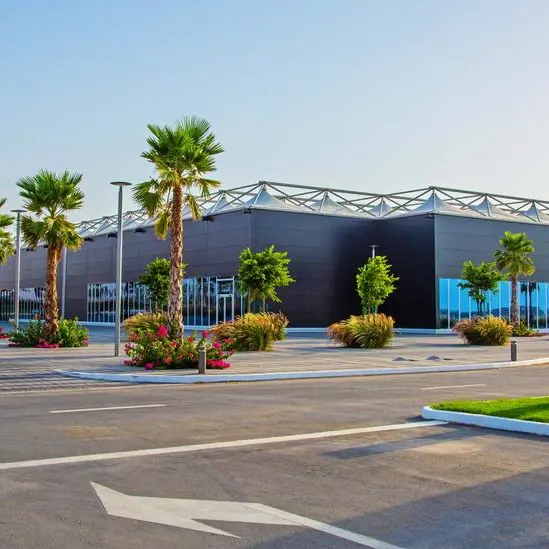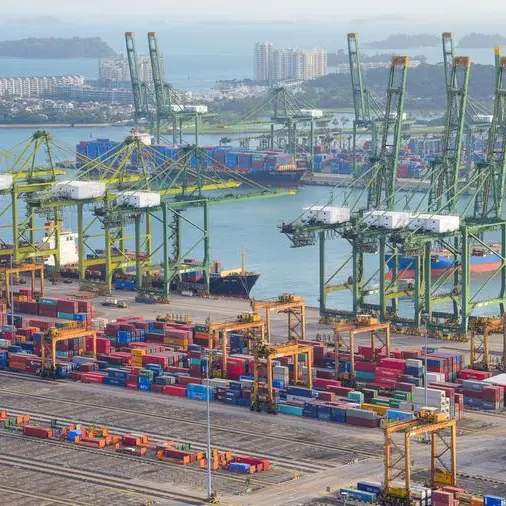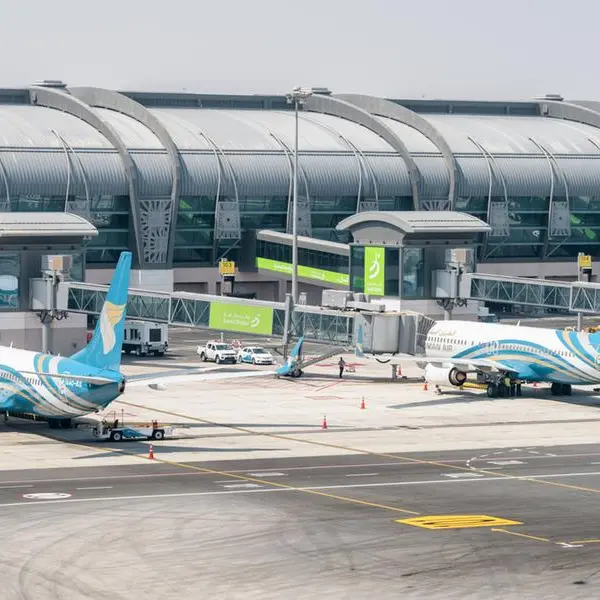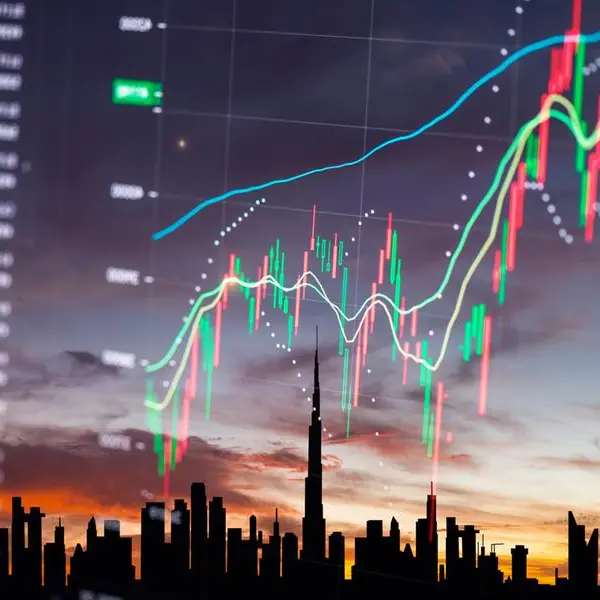PHOTO
Qatar’s non-energy sector private sector saw a further build-up of growth momentum in May in part due to tourism and demand for financial services.
The Gulf state’s Purchasing Managers’ Index rose to 55.6 in May, up from 54.4 last month, with anything above 50.0 indicating that business conditions are improving.
Report authors Qatar Financial Centre (QFC) said it was the strongest improvement since July 2022, above the long-run trend of 52.3.
Yousuf Mohamed Al-Jaida, CEO, QFC Authority, said: “Financial services continued to outperform the wider economy, with its key indices for activity and new business registering 61.4 and 61.8, respectively.
“Financial services firms also raised their charges, in contrast to little change across the non-energy sector as a whole.”
QFC said total financial services activity rose for the 23rd month running and at the strongest rate in three months.
Expectations for activity strengthened and financial services firms raised employment. Data for the month also indicated improving margins at financial services firms, as charges were raised further but input costs were broadly flat on average.
Across the non-energy private sector, companies reported signing new contracts with both existing and new customers, alongside new product offerings and tourism demand.
Total business activity rose further in May, QFC said, and output has risen every month for almost three years straight, except for a brief correction in January following the conclusion of the FIFA World Cup Qatar 2022.
The report said the rate of expansion in May was the strongest of 2023 so far and well above the six-year survey trend.
The 12-month outlook for the non-energy private sector also improved in May, with the future output index rising for the first time in three months to 59.2, with confidence strengthening in the services, wholesale and retail and construction sectors.
Non-oil private sector employment also rose to the greatest degree since July 2022. Staff costs increased only marginally and at the slowest rate in the current four-month sequence.
However, May data signalled that non-staff cost pressures rose, with average purchase prices increasing at the fastest rate since June 2021.
Overall input price inflation rose to an 11-month high. In contrast, prices charged for goods and services were broadly unchanged since April.
(Reporting by Imogen Lillywhite; editing by Brinda Darasha)





















